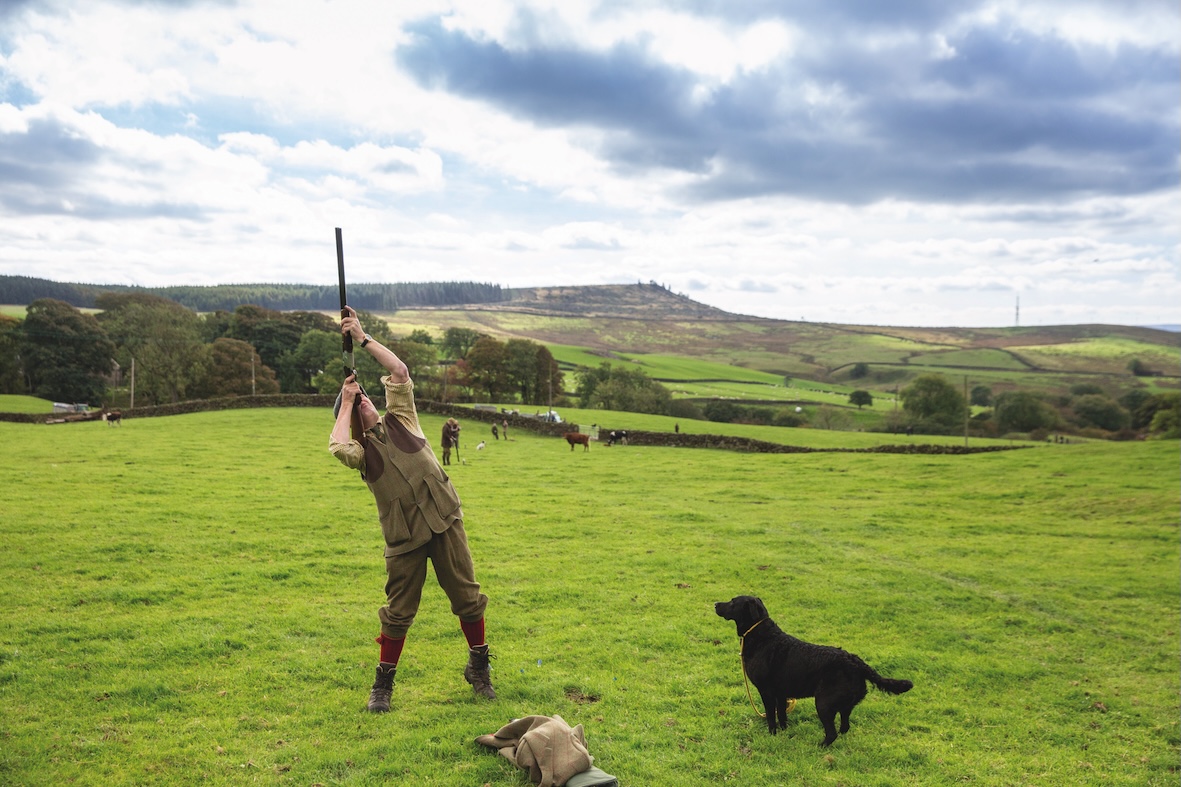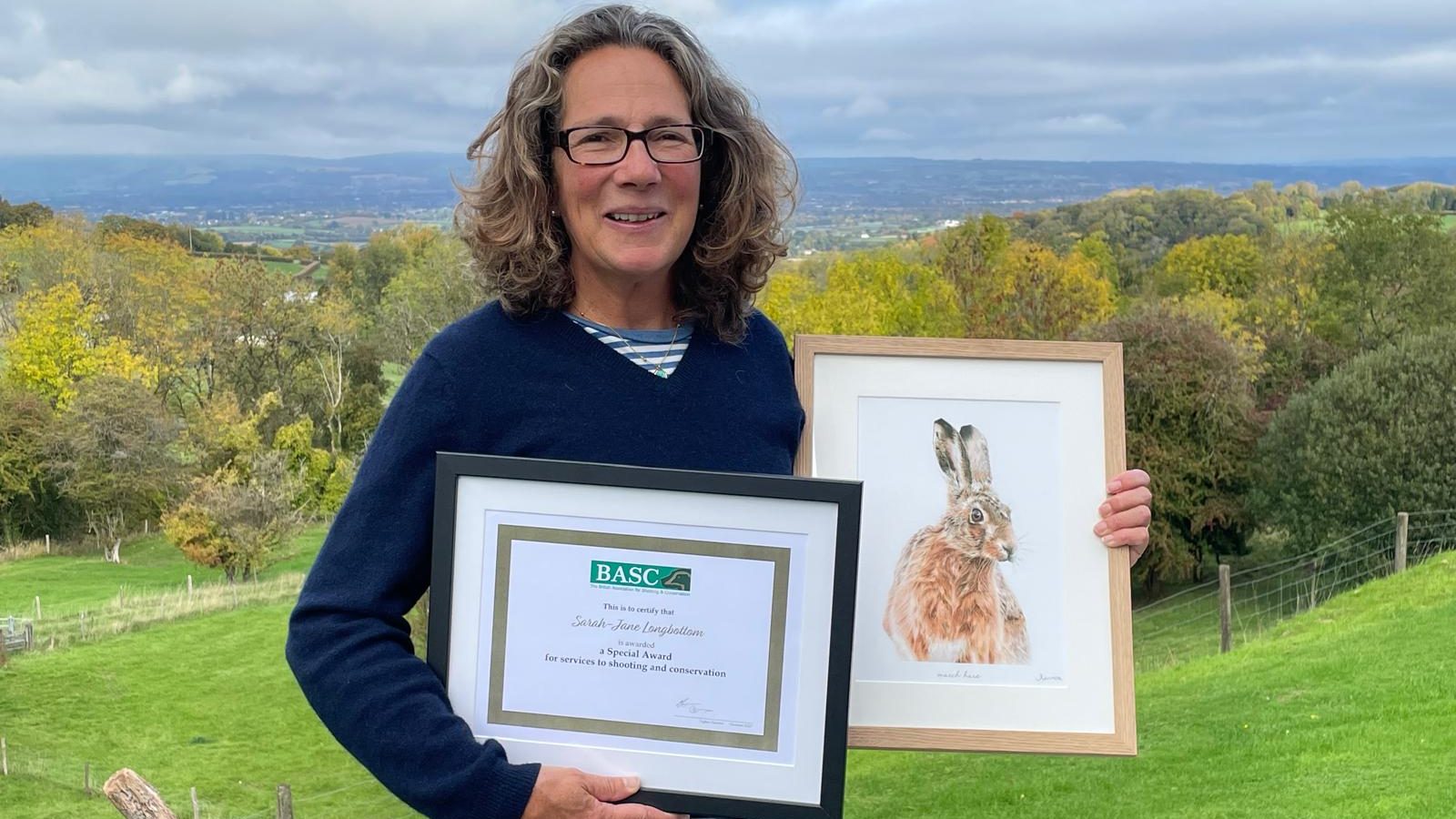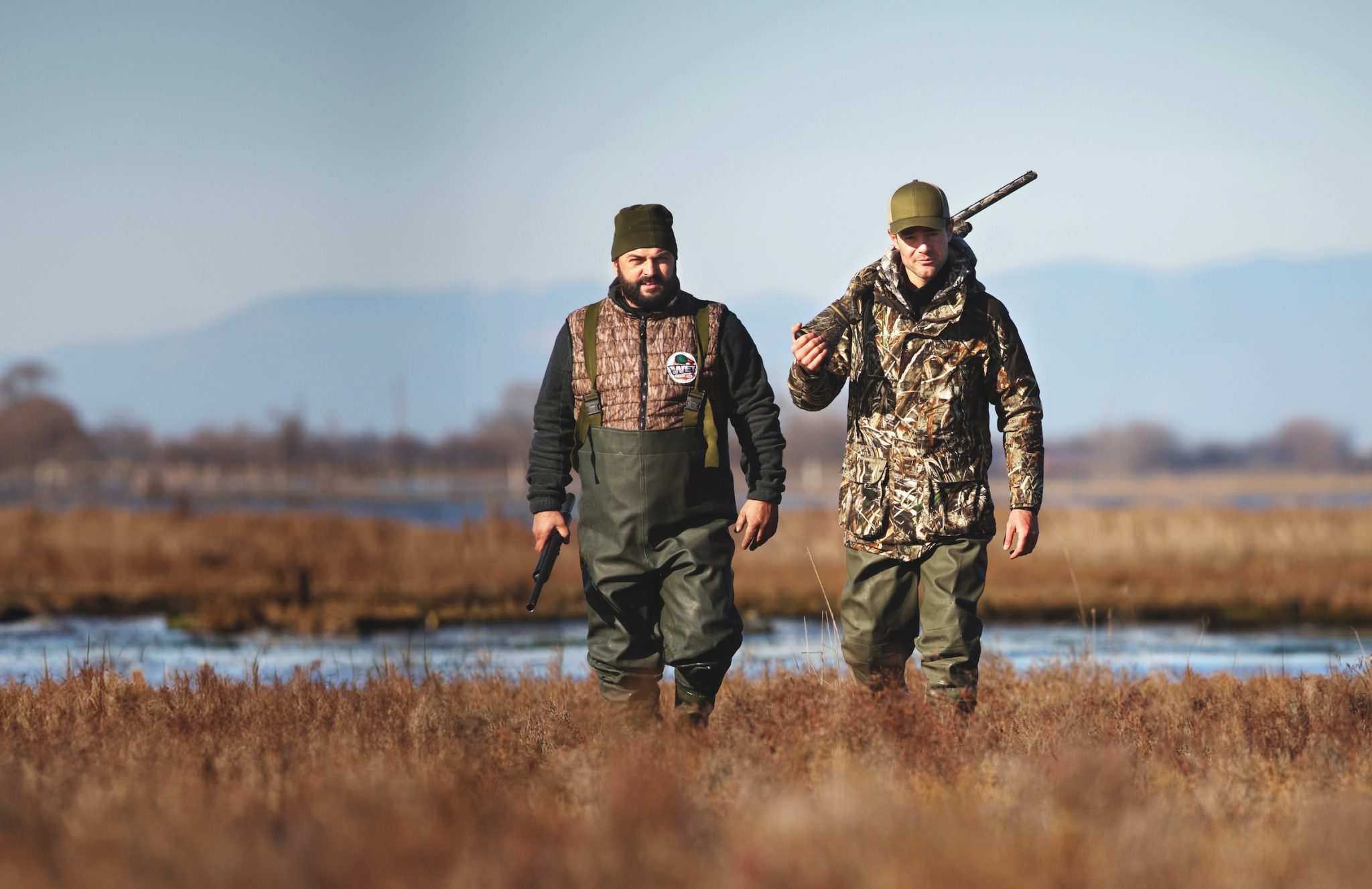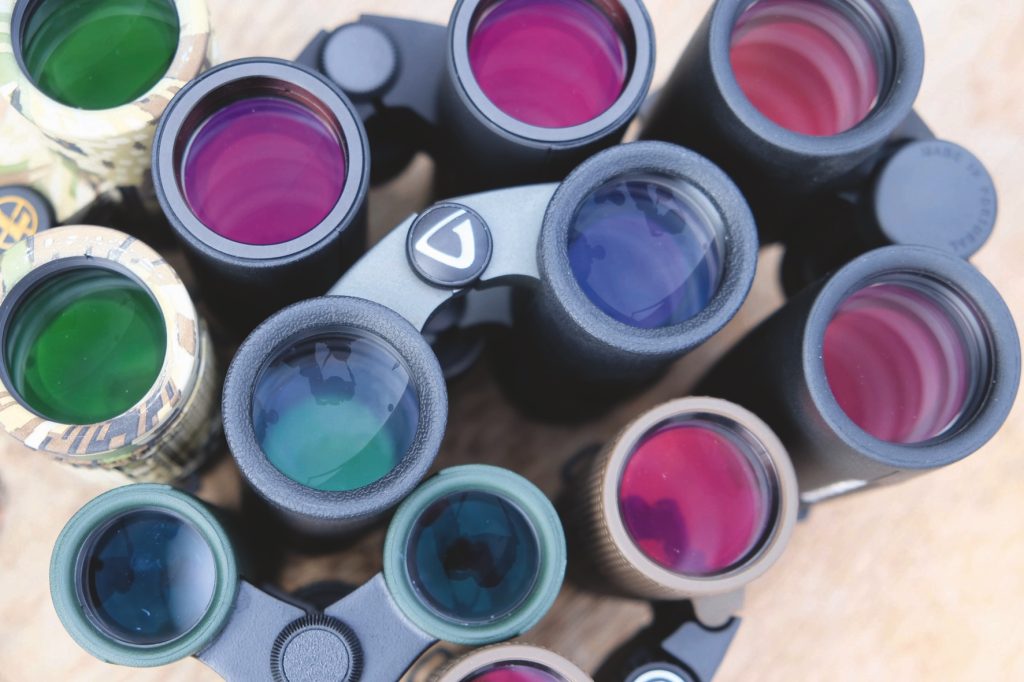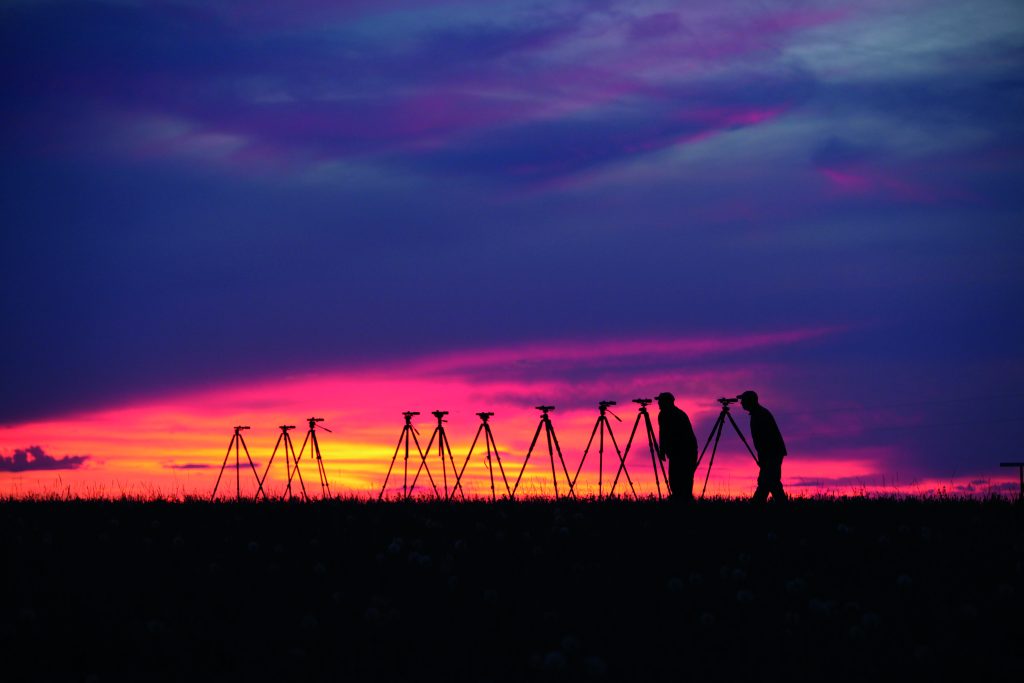Win CENS ProFlex DX5 earplugs worth £1,149 – enter here
One in the eye for any naysayers
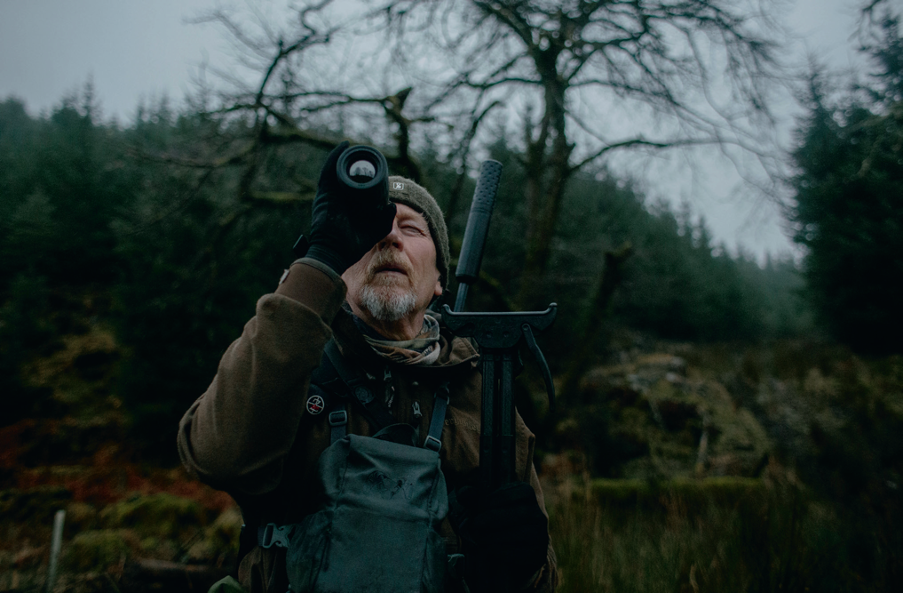
With prices falling, more stalkers are getting on board with thermals, says Felix Petit, and the results speak for themselves
We are at a critical moment for nature in the UK, one in which our species must be managed to maintain and increase the country’s biodiversity. Alex Hogg, chair of the Scottish Gamekeepers Association, is currently battling for predator management to be officially recognised by the Scottish government as an act of conservation, while the repercussions of deer management policy in Scotland seem to be influencing a whole raft of other issues.
The majority of predators in Britain are nocturnal or crepuscular, and deer, as well as wild boar, tend to be more comfortable in the open when light levels are low. Therefore managing, identifying or counting these species can present optical challenges when relying only on the naked eye and traditional glass.
Botched pursuits
I have been stalking since I was in my early teens, much of which time was before thermal optics became widely available. On many an evening in early autumn I have scanned a tawny hillside, carpeted in chest-high, drying bracken, and completely failed to pick out a rusty roebuck to pursue despite knowing the area was thick with them.
Other failures include identifying a roe in a shootable position but disrupting one of its unseen companions in light cover nearby, causing it to sound the alarm and scuppering the opportunity. Regular scanning of the hillside with a thermal would mostly eliminate such botched pursuits.
In addition to thermal spotters, thermal scopes and scope attachments are increasingly popular for shooting in low light in England — though it remains illegal to use a thermal scope at night — and in full darkness in Scotland under licence. This is a huge force multiplier, dramatically improving the effectiveness of professional deer managers who may have quotas to fulfil, or wildlife managers who seek to protect ground-nesting birds from predators that would scoff their young.
If an animal takes a step at the last moment and the shot doesn’t strike true, the wounded creature often seeks shelter somewhere out of sight, which can make despatching them humanely a challenging task. In these situations a thermal can cut the search time tremendously, reducing stress for both the animal and the hunter.
Thermals used to be somewhat frowned upon in certain circles, and once upon a time even I held a gentle and irrational disdain for them, thinking them unsporting. That reputation has all but disappeared. As technology advances and mass markets open up, ownership is no longer the preserve of the wealthy.
Chinese thermal expert HikMicro offers the excellent Lynx 2.0 standalone monocular and the Thunder 2.0 clip-on thermal device for under £1,000 each. These prices would have seemed outrageously afforable for products with such capabilities even five years ago.
HikMicro believes there is a variety of factors behind the shift
in perception of thermals. They feel that, over time, the increased affordability of the products has led to a greater number of stalkers trying them, realising firsthand how useful they can be, and coming to rely on them in the field. HikMicro also notes that the narrative surrounding their use has been powerfully altered through legislative changes adopted by some countries.
It is only in the past year or so that Scotland has allowed thermal scopes for shooting at night, adding legitimacy to their use. In Germany, while dedicated thermal scopes remain illegal for use at night, devices that clip on to analogue optics are permitted, which has also improved the standing of thermals among European hunters.
HikMicro says that thermals can also serve a range of safety functions, which have endeared them to users. They can be used to ensure a safe backstop free from humans or other animals, or as a tool for better identifying key quarry characteristics to ensure an ethical shot at an appropriate animal. In extremis, a thermal can also be used to follow the blood trail of an injured animal for the few moments before the blood temperature equilibrates with the ambient temperature.
HikMicro says its products add another level of safety to hunting, even being used to locate companions if stalkers become separated in complex terrain at night. The company estimates that, over the past five years, sales of thermal devices have increased by 20% to 30% annually.
Bedding-in
Peter Larsen, head of UK sales and strategy at ATN, says there is almost always initial resistance to new technology: “Much like the early adopters of glass riflescopes, which traditionalists deemed unsporting, new technologies often require a bedding-in
period before becoming acceptedas the norm.”
Peter adds that there will likely always be a subset of old-school stalkers who, not burdened with cull objectives, can afford to eschew the use of technology. However, he advises: “Even traditionalists should keep a thermal in their roe sack in case a wounded deer requires tracking or a deer shot just before darkness needs locating.”
Peter suggests that thermals provide invaluable capabilities for a stalker to locate game in cover and also determine the size of a group, even if many of the animals are obscured. He says: “This allows the stalker to avoid spooking or prematurely bumping the game, to prepare an approach, wait for the target animal to stand or emerge from cover, and track numbers, so you can wait for the entire group to become visible before deciding which to cull — if any.
“Thermal spotters and thermal riflescopes now outsell traditional glass binoculars and scopes by 10:1,” says Peter. He thinks this is due to the ongoing innovation in the thermal market, compared with the relative technological stagnation of traditional optics.
But Peter suggests that even the thermal market in the UK is approaching saturation, with a large percentage of new sales being upgrades, rather than first-time purchases. He concludes: “Thermal equipment is here to stay, and thankfully the stalking community has learned to appreciate its value when applied correctly and ethically.”
Traditional
Evan Boulton, marketing executive at Thomas Jacks, a distributor of optical equipment, says: “If you look back only a few years, stalkers wouldn’t even think of using a thermal spotter, as it just wasn’t the done thing, and many thought that the use of this technology would ruin the traditional stalking experience.”
Evan gauges that it has taken several years for the industry to fully realise the extent of the utility of thermals in detection and planning, particularly in trying environments such as woodland or clearfell. He also lauds thermals for their time-saving qualities, as users can quickly scan an area before moving on to another, where there may be deer, rather than wasting time where there are none.
Evan credits the introduction of the Pulsar Quantum in 2011 with kicking off the thermal era: “Since then, they’ve become a truly essential piece of kit and are now a staple in a stalker’s arsenal.” Musing on how public perception towards thermals has evolved, Evan concludes: “Rather than seeing thermals as unsporting or cheating, people have simply looked at the results they get, which is why so many now refer to them as game-changers.”
Six-time and current UK Pro Stalker of the Year, Chris Dalton agrees that thermals are a game-changer in locating deer and far more effective than traditional binoculars alone. He says that, for professional deer managers, thermals are now considered essential, and that the cost of units is constantly decreasing while quality increases. Despite these clear benefits, Chris adds he still enjoys going out without one when he can.
However, if he is guiding paying customers or monitoring deer on commercial farms or estates, he has a responsibility to be effective and must use “all the tools at his disposal”.
Look to invest
Graham Downing, author of nine books on stalking, including The Deer Stalking Handbook, feels combining a clip-on device with conventional optics gives him the best of both worlds, dramatically increasing his cull compared to using only one of the technologies. Graham recommends that those looking to invest visit suppliers’ stands at game fairs and test a range of different thermal options to see what you feel most comfortable with.
Graham is gently sardonic about the initial disdain stalkers felt for the use of thermals: “In the highly conservative world of fieldsports, every technological change will most probably be frowned upon by someone. Sound moderators and riflescopes were seen in their day as unsporting, and no doubt breechloaders were frowned upon by our muzzle-loading forebears. But the fact is that all of these developments have made hunting more comfortable and increased its efficiency and effectiveness.”
Graham sums up the issue of thermals perfectly: “The results speak for themselves. If a hunter wants to increase the number of deer he puts in the larder, he will invest in a thermal. If he just wants to smell the breeze, watch the sun come up and rely on his hunting instincts and his binoculars, then he doesn’t have to, and I would respect his decision. The important thing is that today we have the choice.”
Related Articles
Get the latest news delivered direct to your door
Subscribe to Shooting Times & Country
Discover the ultimate companion for field sports enthusiasts with Shooting Times & Country Magazine, the UK’s leading weekly publication that has been at the forefront of shooting culture since 1882. Subscribers gain access to expert tips, comprehensive gear reviews, seasonal advice and a vibrant community of like-minded shooters.
Save on shop price when you subscribe with weekly issues featuring in-depth articles on gundog training, exclusive member offers and access to the digital back issue library. A Shooting Times & Country subscription is more than a magazine, don’t just read about the countryside; immerse yourself in its most authoritative and engaging publication.



